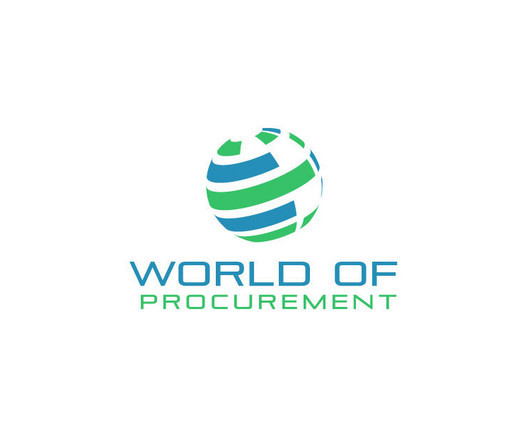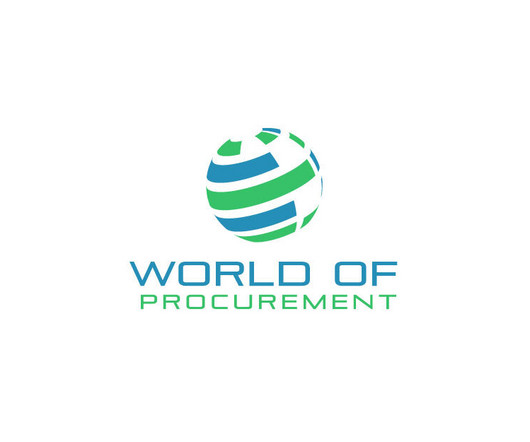Five Ways to Avoid, Absorb and Recover from Supply Chain Disruptions
Supply Chain Brain
AUGUST 15, 2022
Supply chain resiliency is the ability of an organization to avoid, absorb and recover from the business impact of disruptions through a risk-balanced approach to product, supply chain strategy and network design.















Let's personalize your content